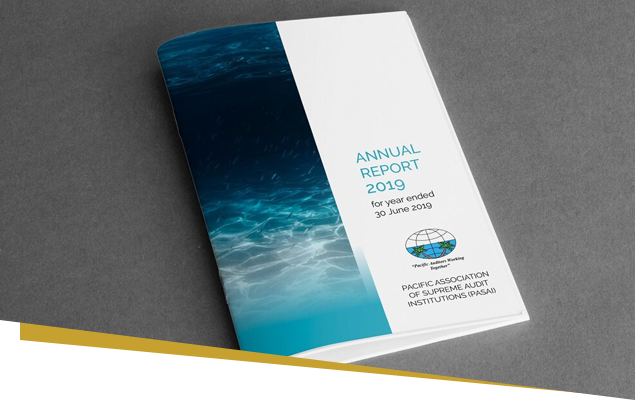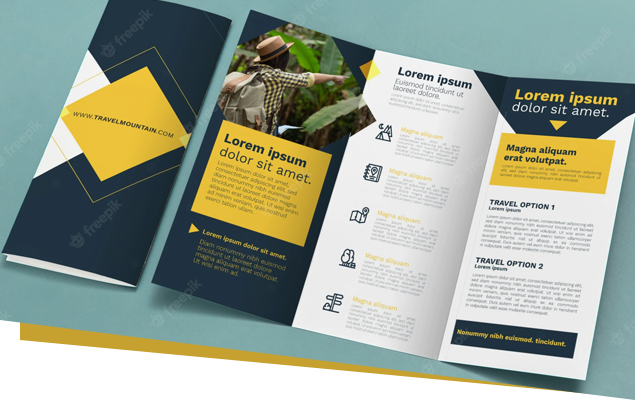PRINTING TECHNIQUES:
We will collaborate with you to develop your branding to be clear and consistent with your core values, goals, and ideals. We use unique printing processes and techniques that capture your brand’s image – then help you show it to the world.
Plenty of print finishing techniques can enhance the quality of your printed materials and make more effective and eye-catching printed materials. They will boost the growth of your business by attracting more customers.




